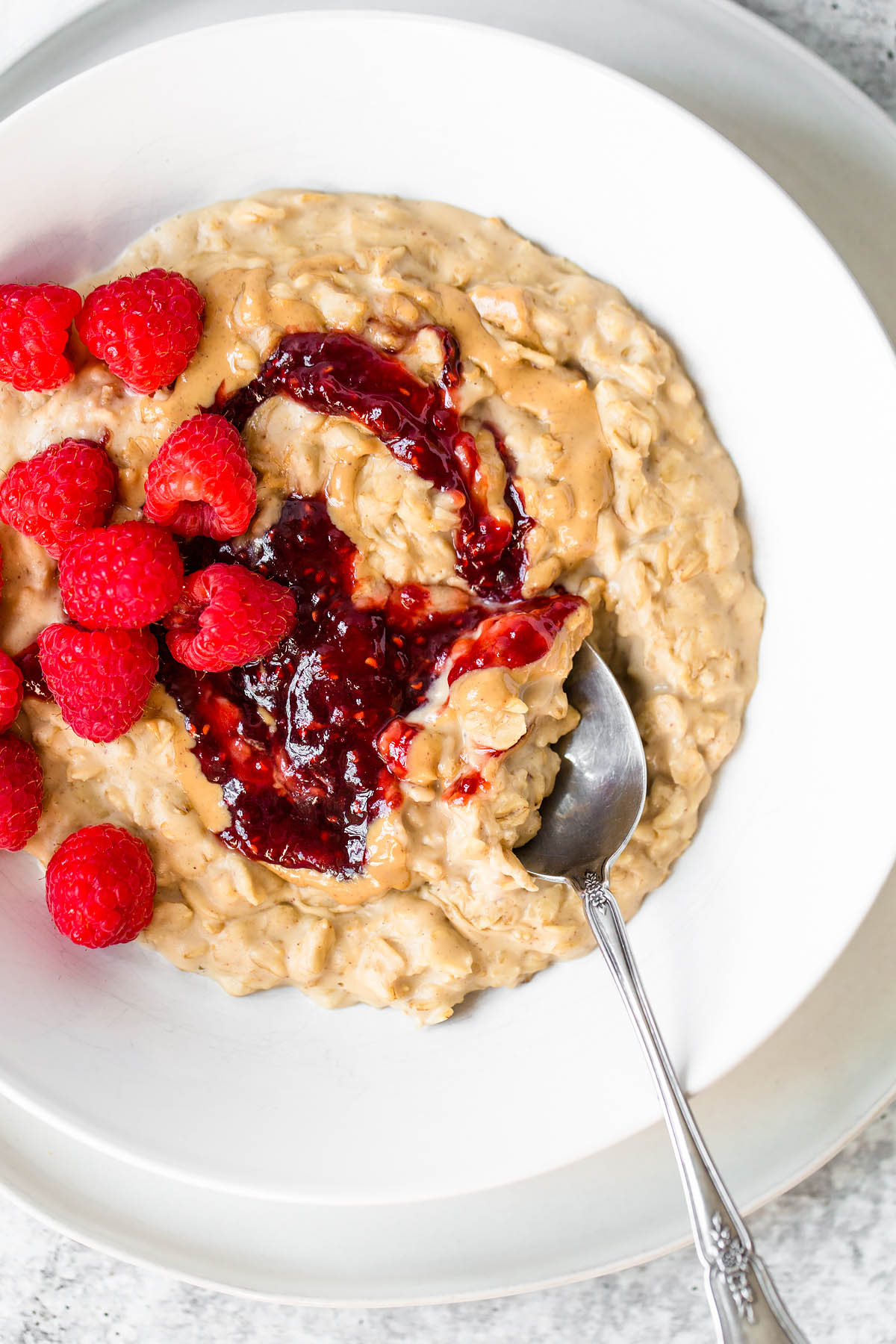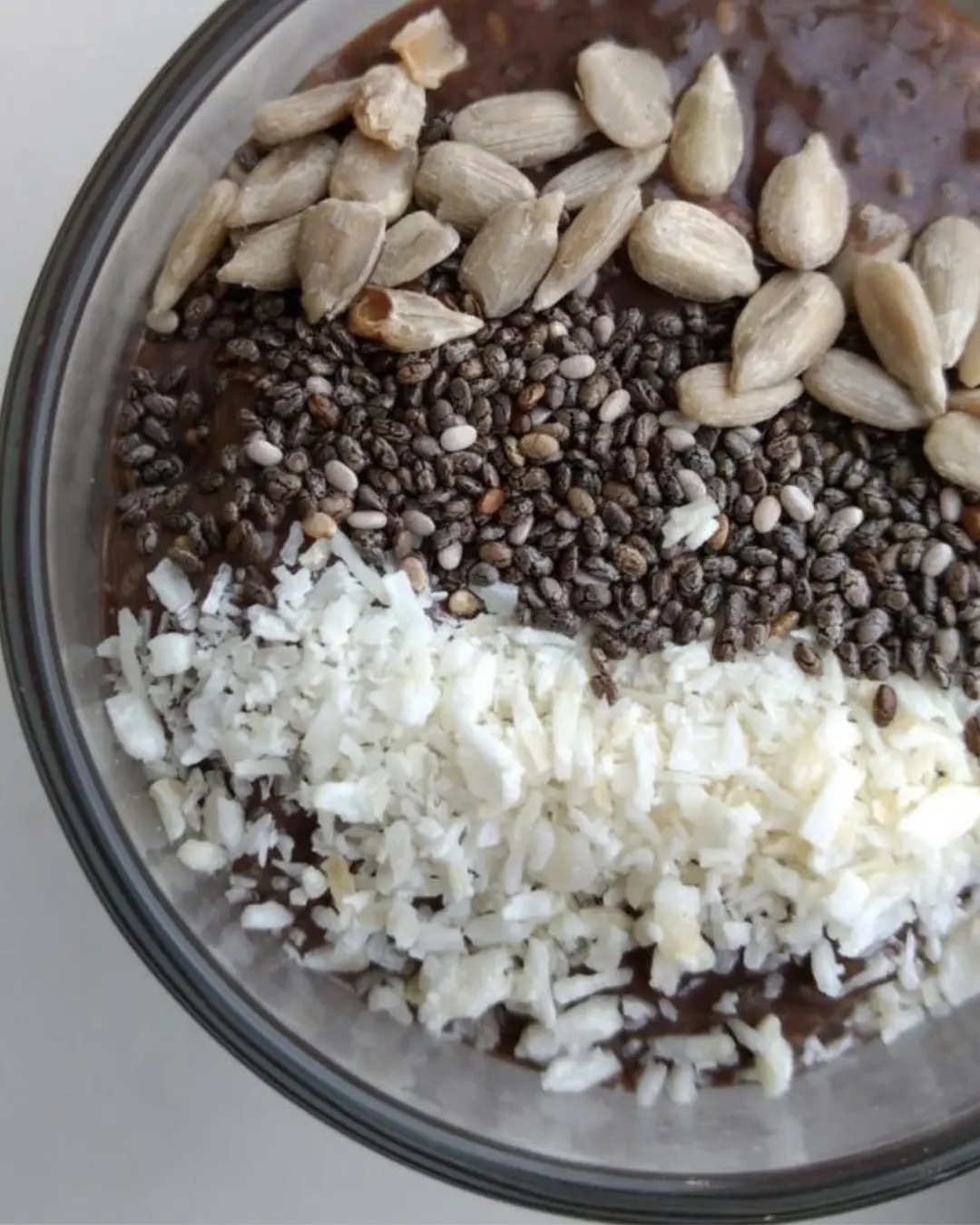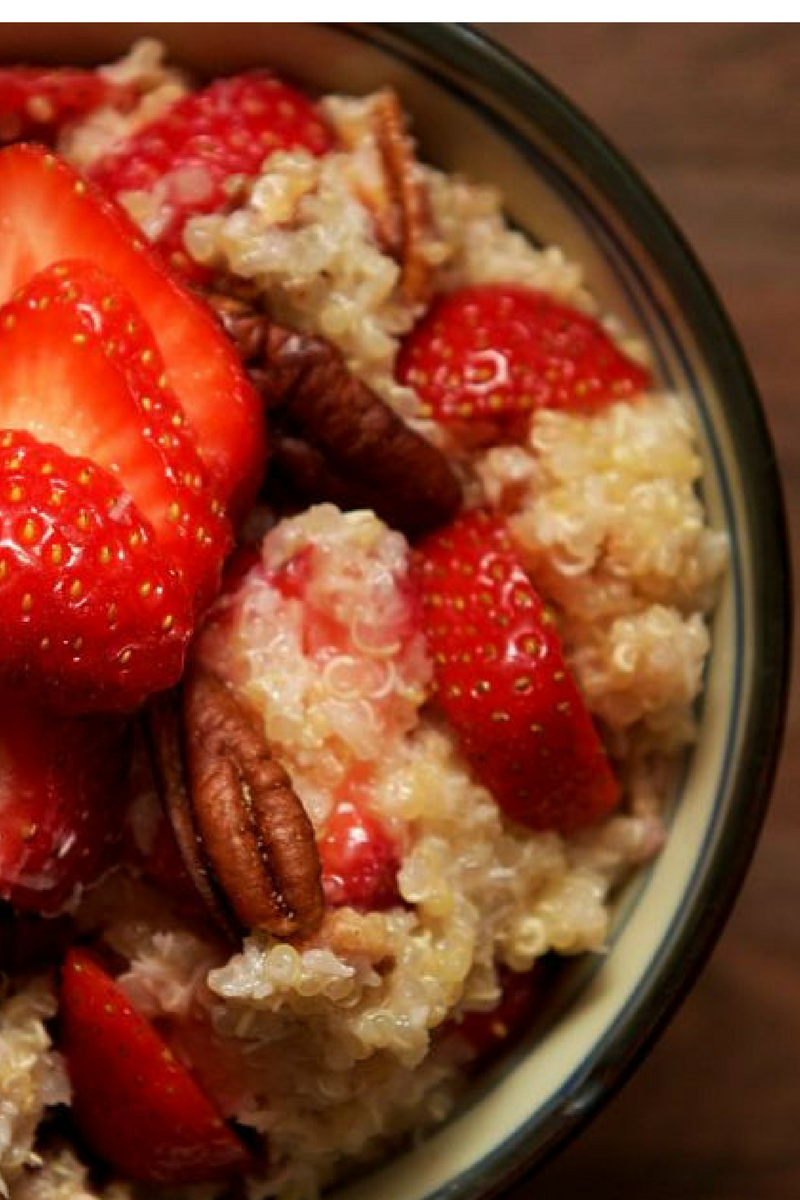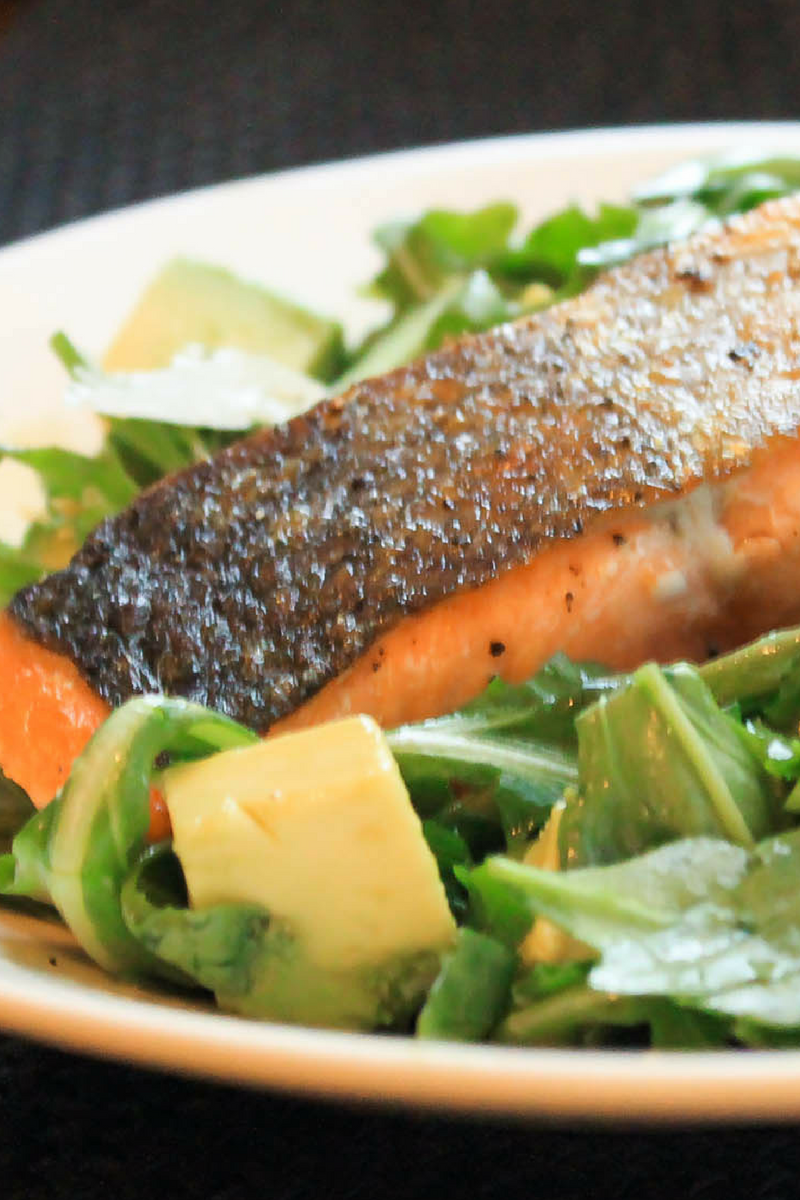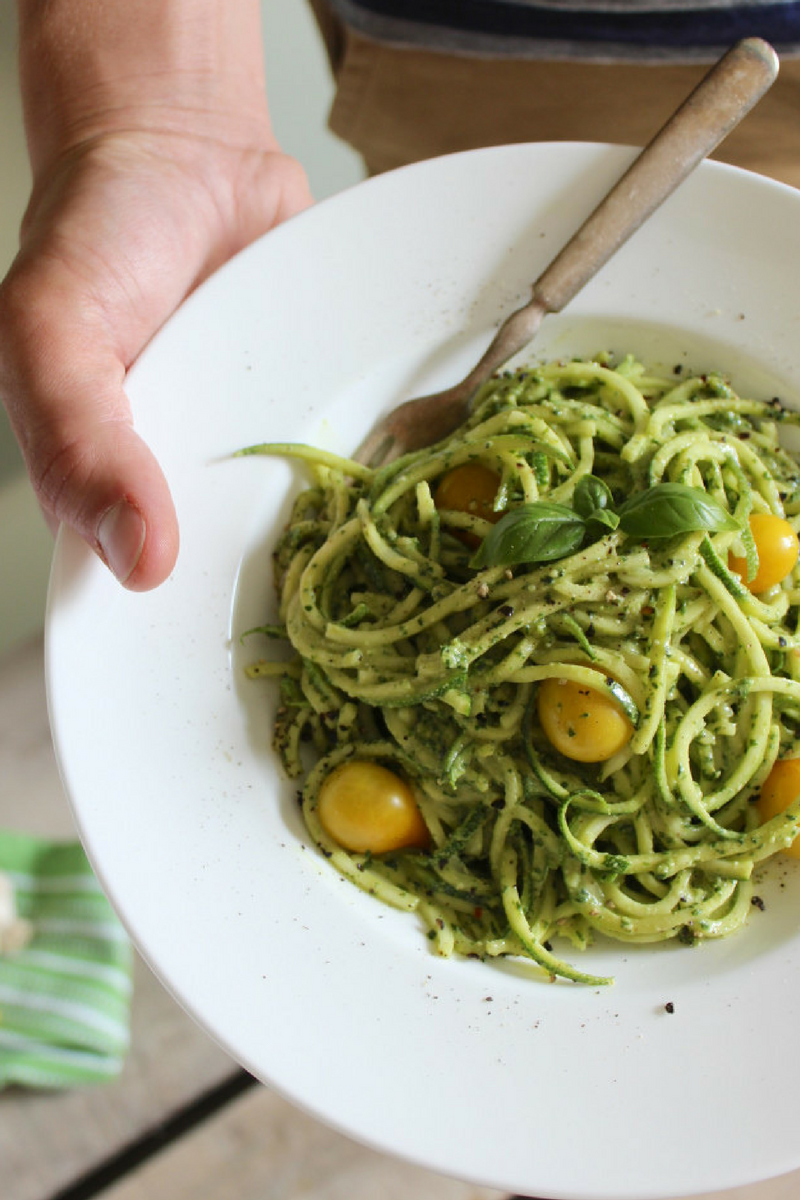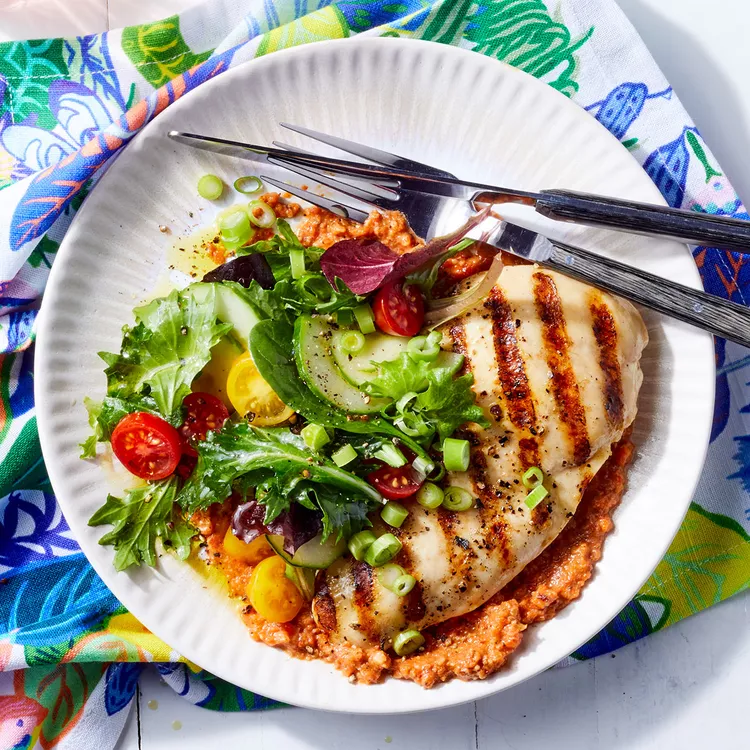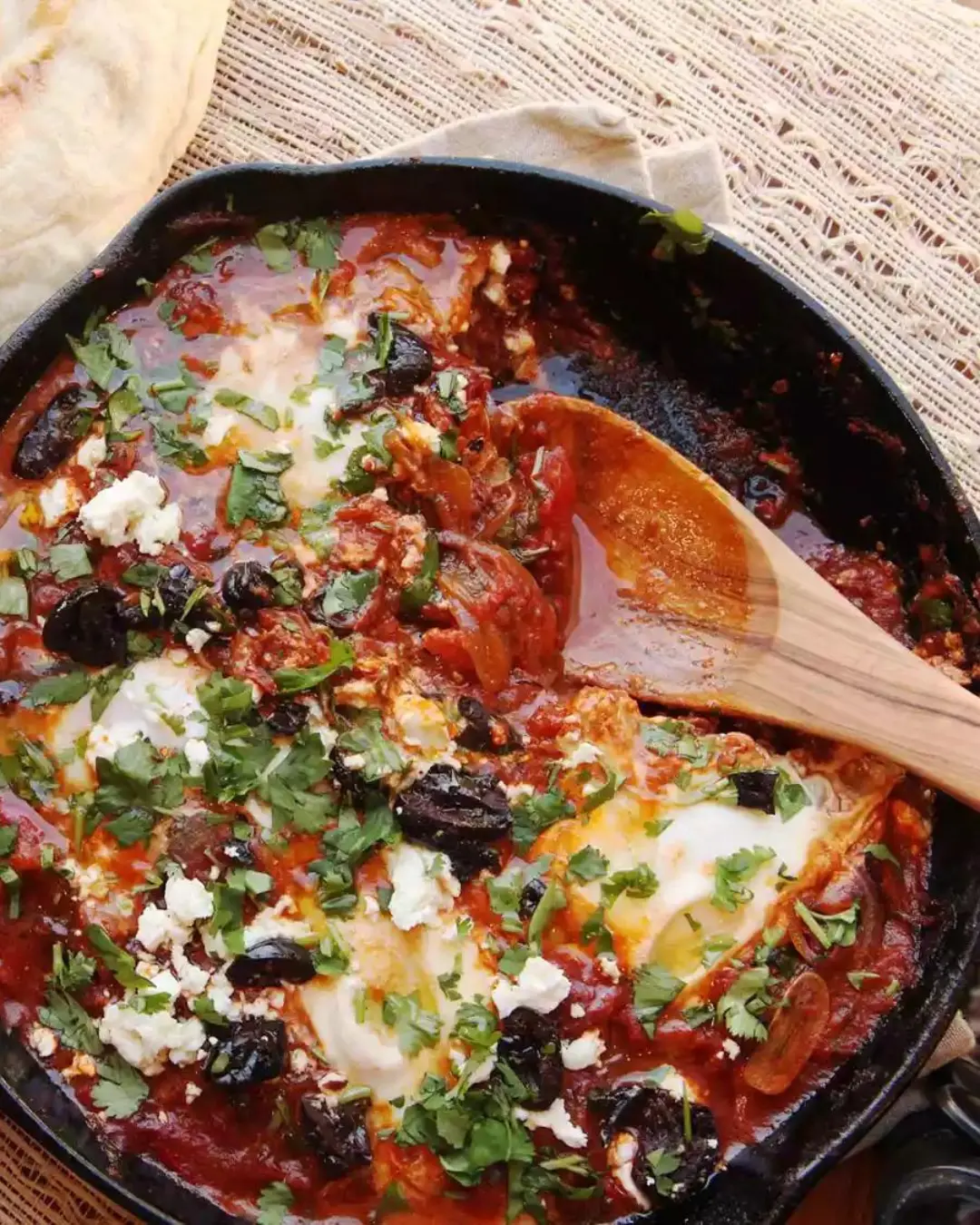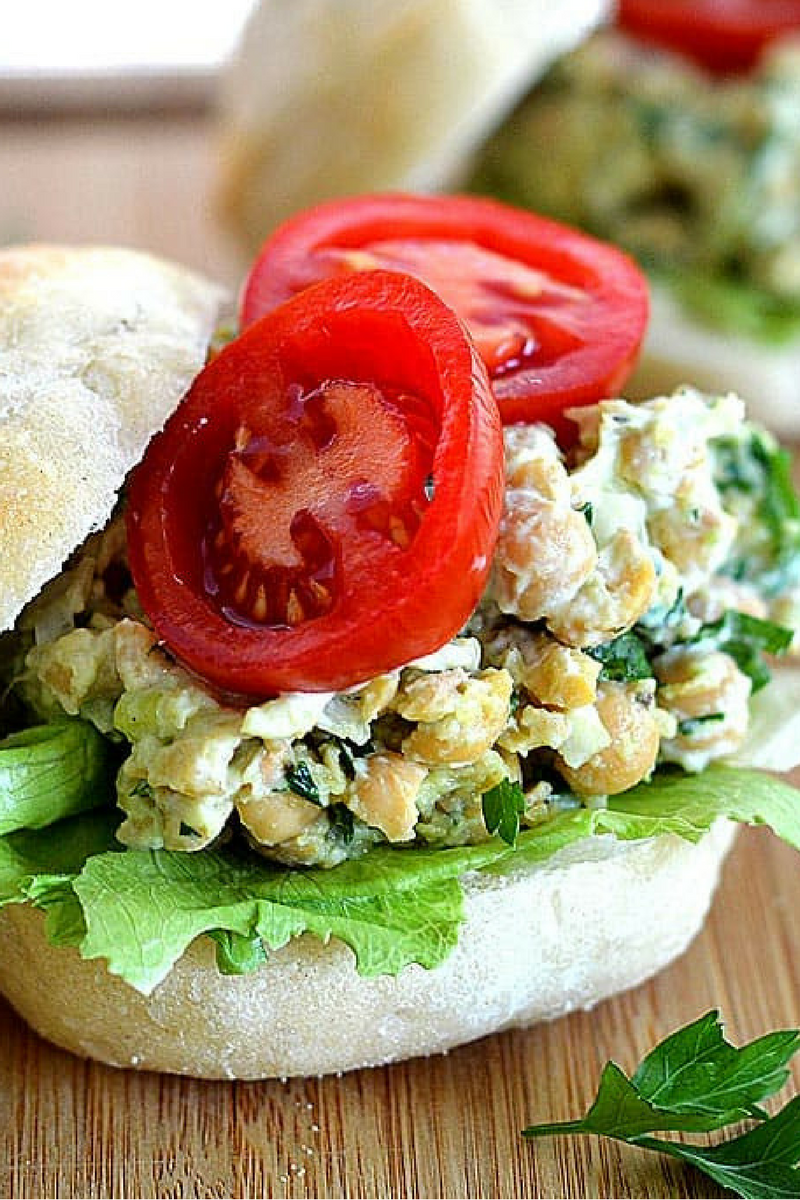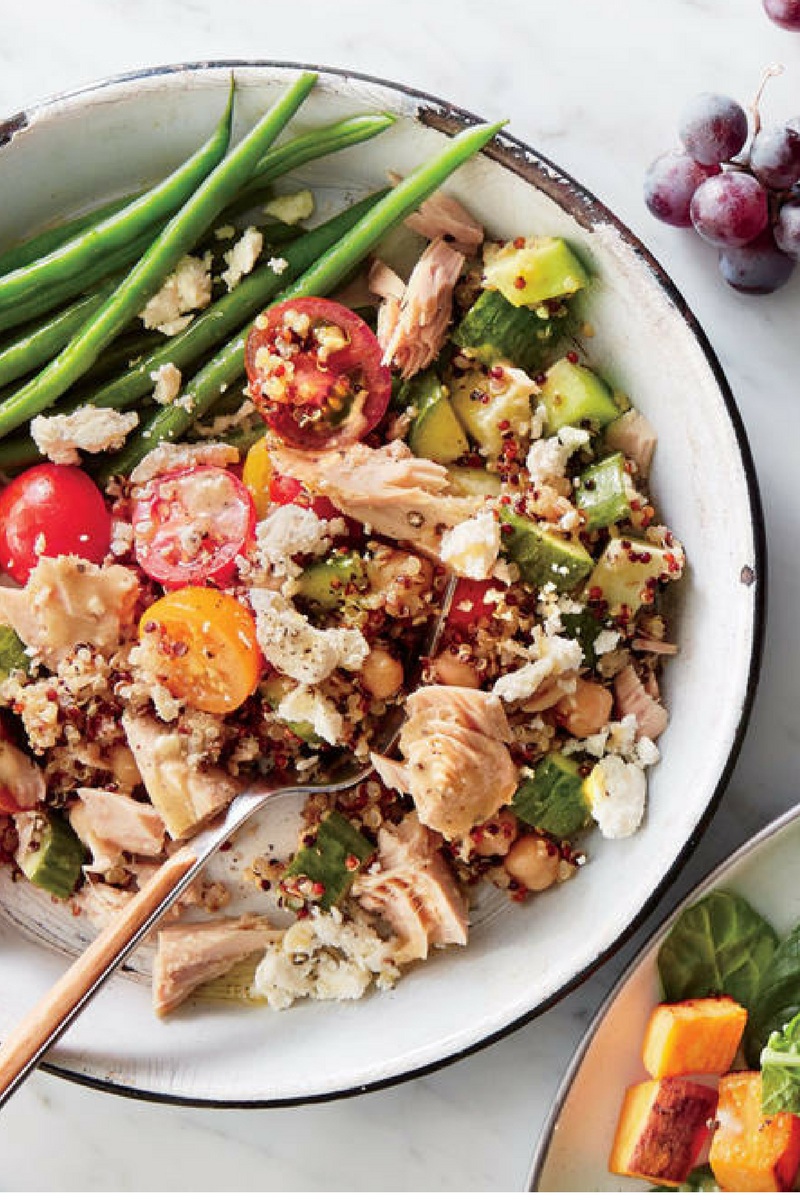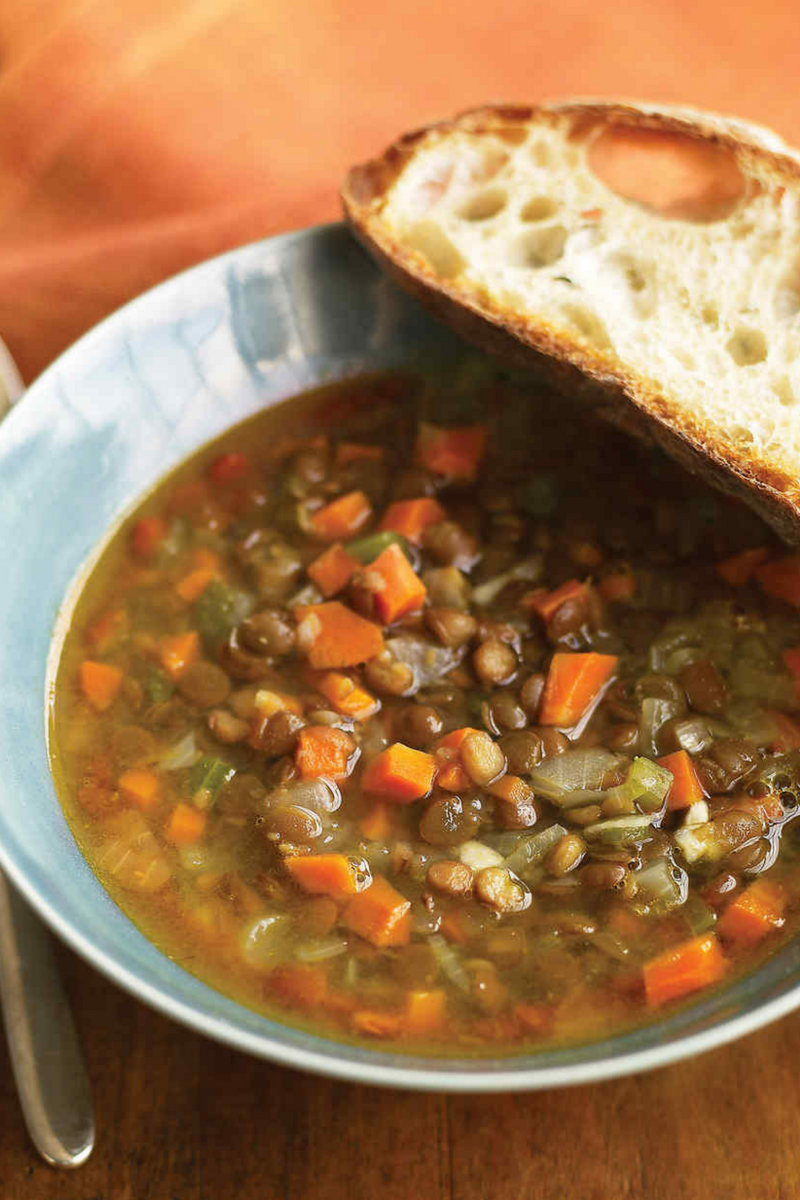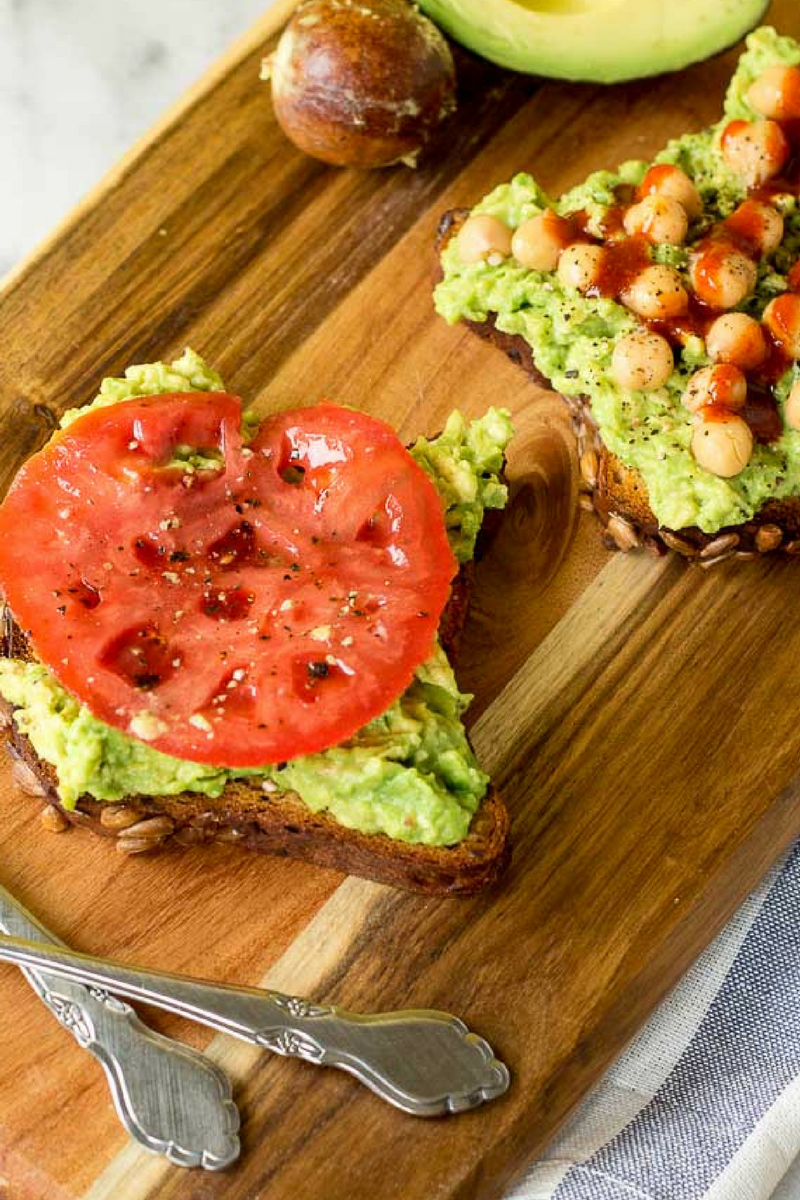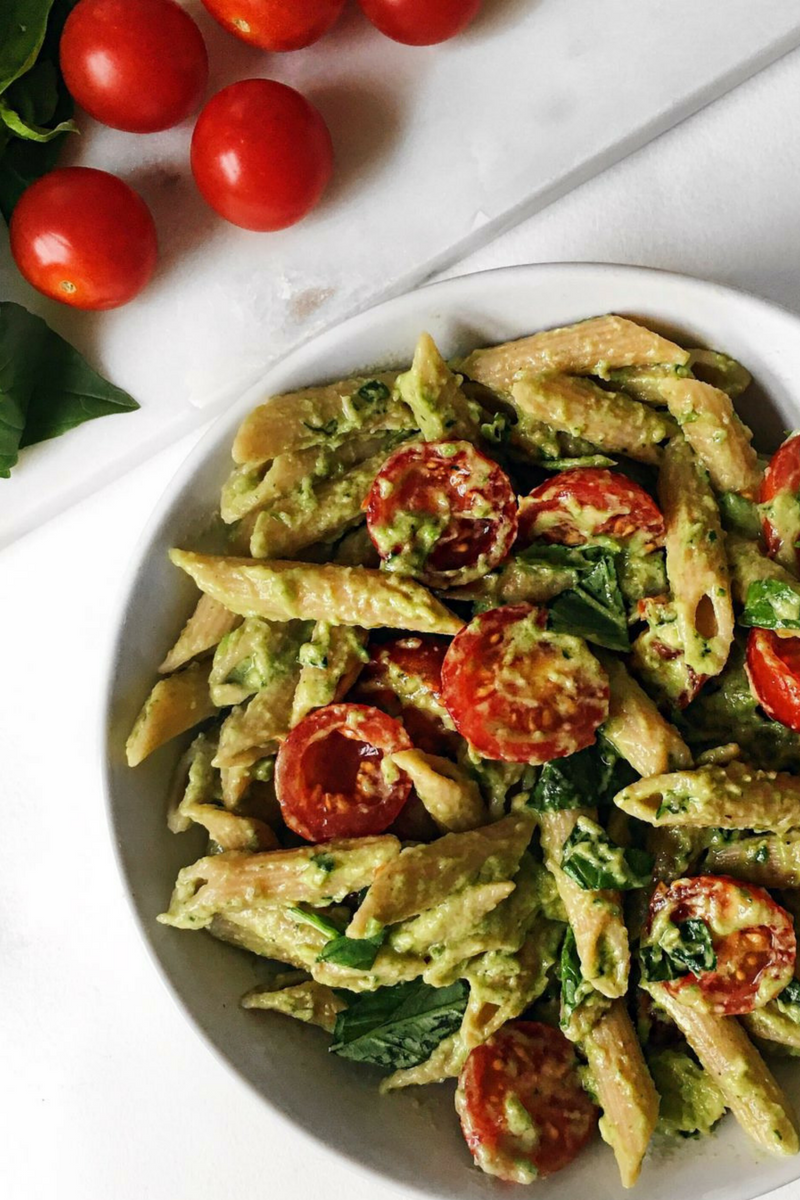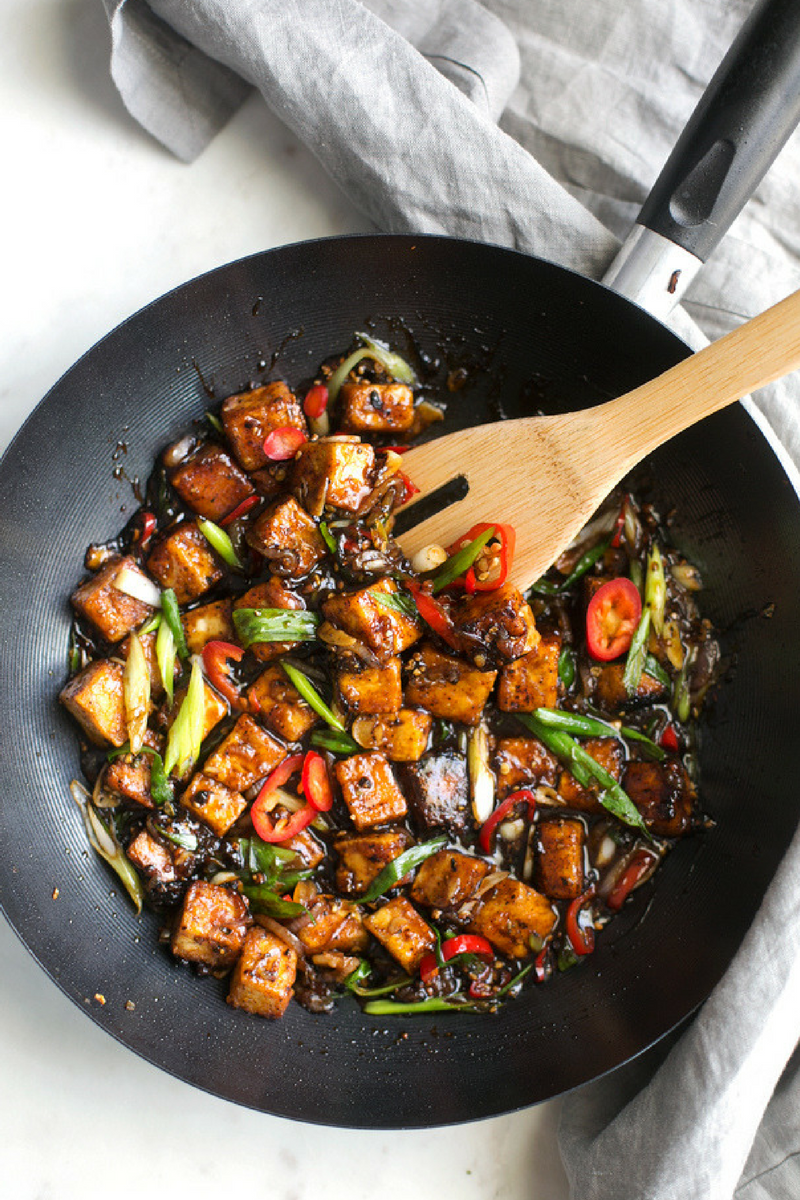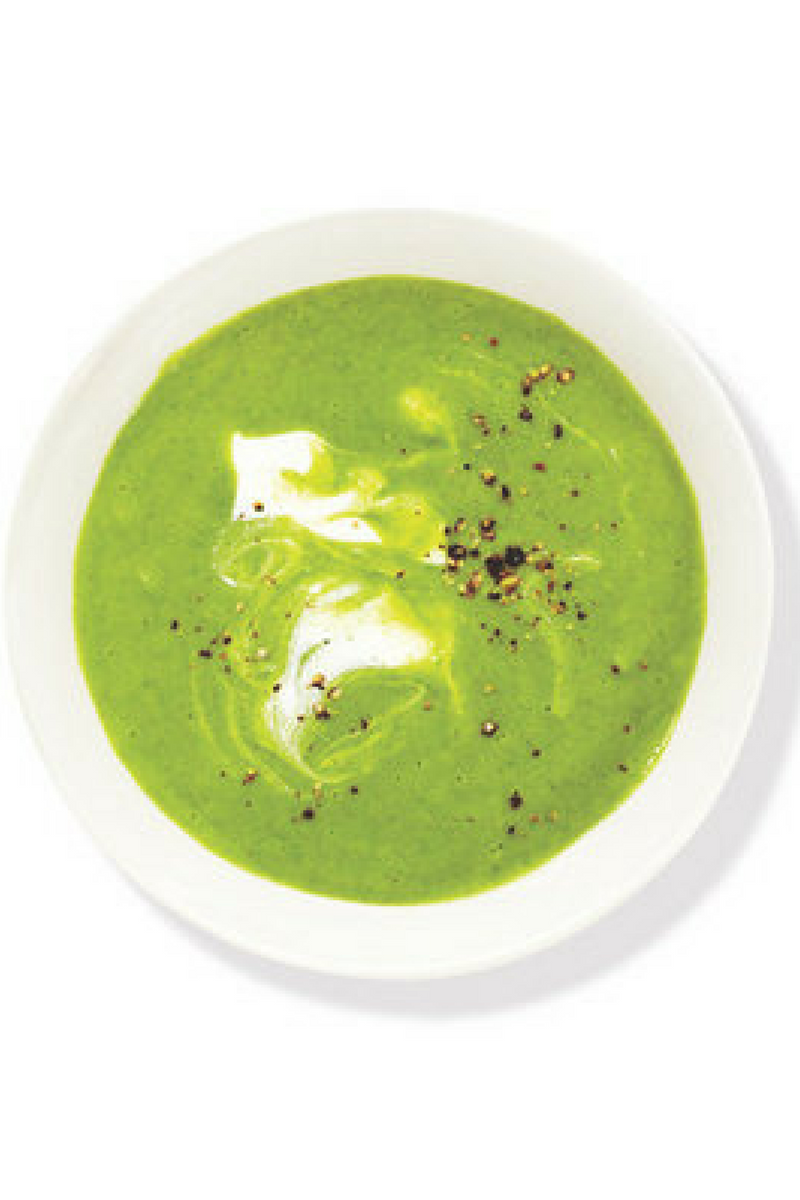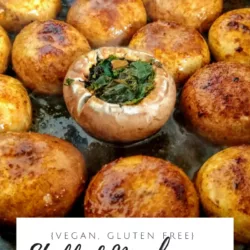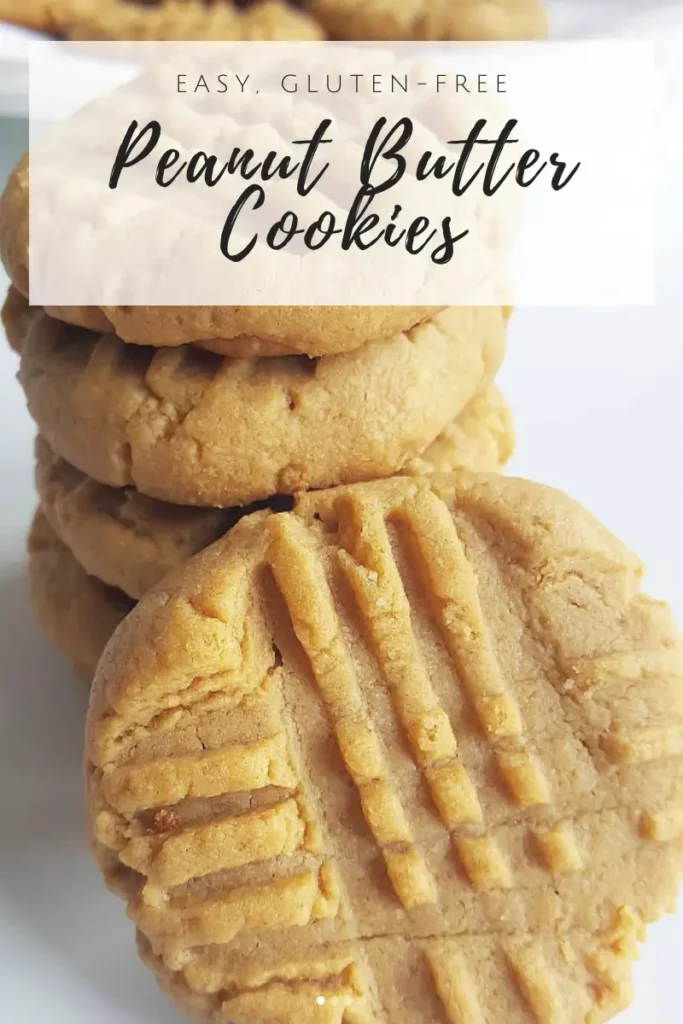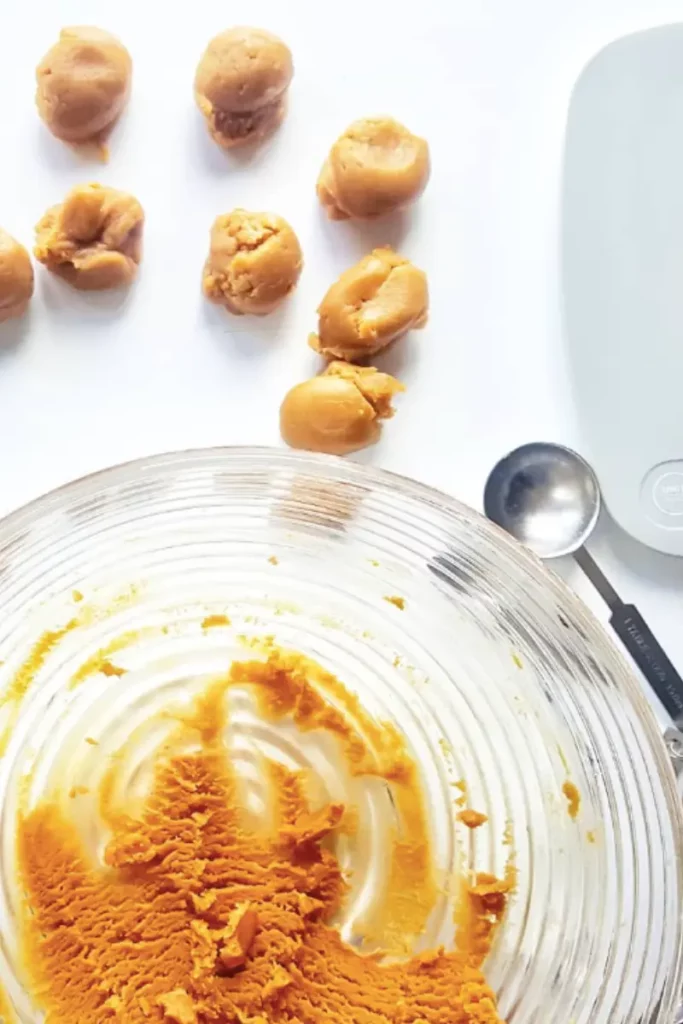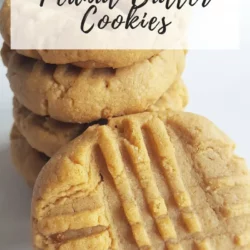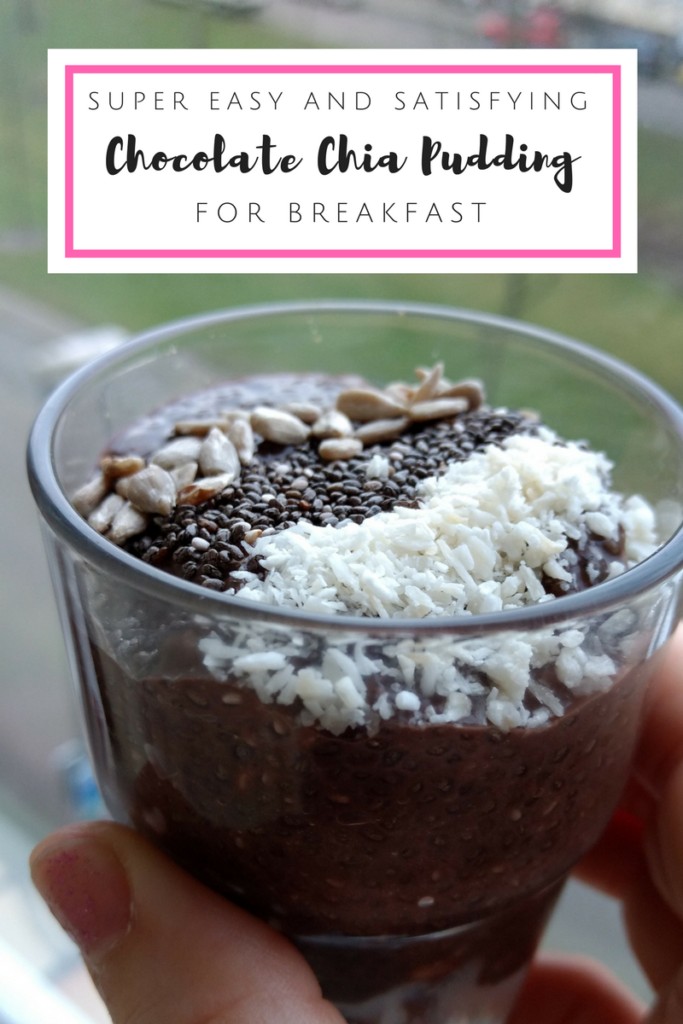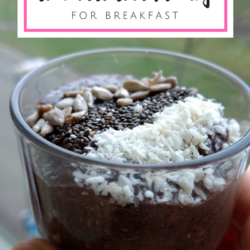15 Easy Meals Ideas for When You Are in a Rush {15 minutes Meals}
15 Easy Meals Ideas for When You Are in a Rush {15 minutes Meals}
- Originally Published:
- Last Modified: August 24, 2025
- Hannah Abreu
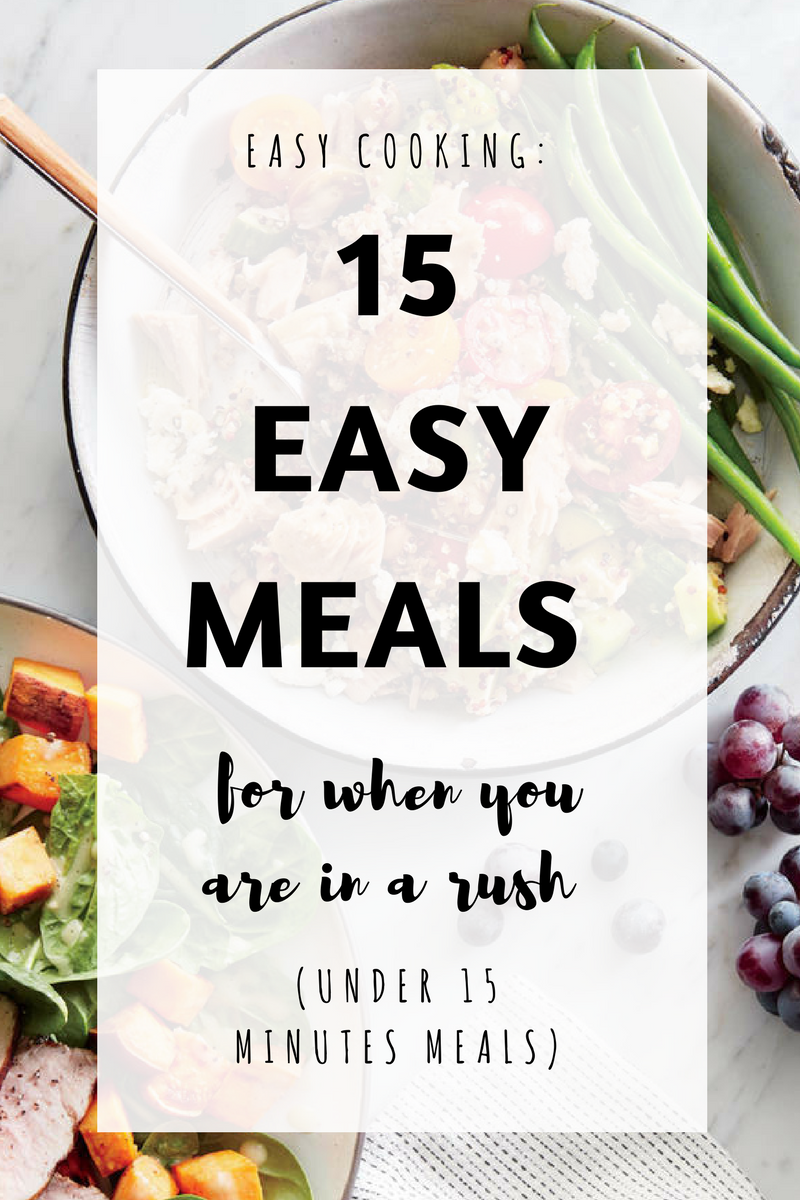
Life gets busy, and sometimes cooking a full meal feels impossible. But eating well doesn’t have to mean spending hours in the kitchen. In this post, you’ll find 15 quick and easy meals that are perfect for those hectic days when you’re short on time but still want something tasty and satisfying.
No matter how busy life gets, having a few quick go-to recipes can make all the difference. With these 15 easy meals, you’ll be able to save time in the kitchen without sacrificing flavor. Next time you’re in a rush, you’ll know exactly what to cook!
Until next time!
WhatsApp
Facebook
Pinterest
Telegram
Email
Print
15 Easy Meals Ideas for When You Are in a Rush {15 minutes Meals} Read More »


